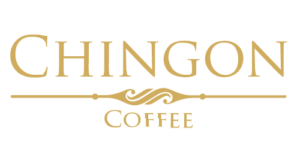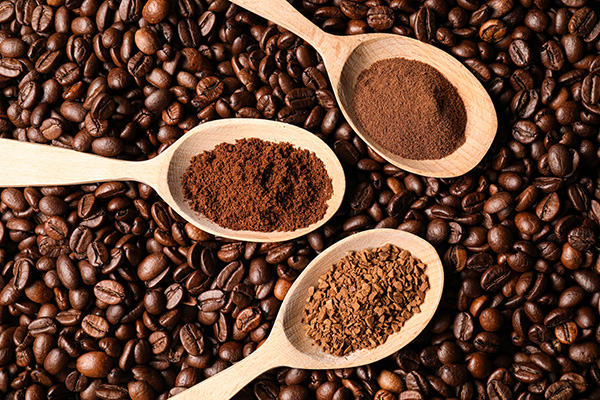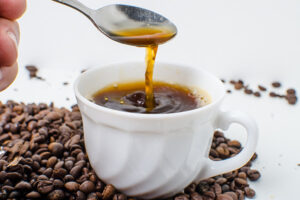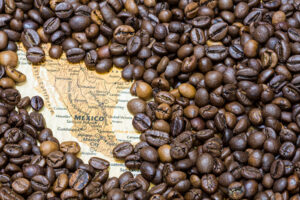At Chingón Coffee, we understand that the perfect cup of coffee starts with the right grind. Whether you’re a seasoned coffee enthusiast or a newcomer to the world of coffee, finding the ideal grind size is crucial for unlocking the full potential of your beans. In this blog post, we’ll explore the importance of grind size, how it affects your coffee, and how to choose the perfect grind for your preferred brewing method.
Why Grind Size Matters
The grind size of your coffee beans directly influences the extraction process. When coffee is brewed, water extracts the flavors, oils, and compounds from the ground beans. The rate and effectiveness of this extraction depend on the grind size:
- Too Fine: Over-extraction can occur, leading to a bitter, harsh taste.
- Too Coarse: Under-extraction can result in a weak, sour, or acidic flavor.
Achieving the right grind size ensures a balanced extraction, delivering a delicious and well-rounded cup of coffee.
Understanding Grind Sizes
Coffee grind sizes can be categorized into several levels of coarseness, each suitable for specific brewing methods:
- Extra Coarse: Chunky, similar to peppercorns. Ideal for cold brew and cowboy coffee.
- Coarse: Similar to sea salt. Perfect for French press and percolators.
- Medium-Coarse: Like rough sand. Suitable for Chemex and clever drippers.
- Medium: Similar to regular sand. Ideal for drip coffee makers and siphon brewers.
- Medium-Fine: Finer than sand but not powdery. Good for pour-over methods like Hario V60.
- Fine: Like table salt. Best for espresso machines and AeroPress (with a shorter brew time).
- Extra Fine: Powdery, similar to flour. Required for Turkish coffee.
Choosing the Right Grind Size for Your Brewing Method
To help you find the perfect grind size, here’s a guide for various brewing methods:
- French Press: Use a coarse grind. The larger particles allow for a slower extraction and prevent too much sediment in your cup.
- Pour-Over (e.g., Hario V60): Use a medium-fine grind. This grind allows for a balanced extraction, ensuring a clean and flavorful cup.
- Drip Coffee Maker: Use a medium grind. This size works well with automatic drip machines, providing a good balance between extraction speed and flavor.
- Espresso: Use a fine grind. Espresso requires a quick extraction, and a fine grind ensures that the water passes through the coffee puck evenly, extracting rich flavors.
- Cold Brew: Use an extra coarse grind. The prolonged brewing time of cold brew requires a larger grind to prevent over-extraction and bitterness.
- AeroPress: Experiment with medium-fine to fine grinds, depending on your preferred brew time and method. Shorter brew times typically require a finer grind.
Tips for Achieving the Perfect Grind
- Invest in a Quality Grinder: Burr grinders are recommended over blade grinders for their consistent and precise grind size. Consistency is key to achieving a balanced extraction.
- Adjust Based on Taste: If your coffee tastes bitter, try a coarser grind. If it tastes weak or sour, try a finer grind. Small adjustments can make a big difference.
- Freshness Matters: Grind your coffee just before brewing to preserve the freshness and flavor. Pre-ground coffee loses its aroma and taste more quickly than whole beans.
- Measure Your Coffee: Use a digital scale to measure your coffee and water accurately. Consistency in the coffee-to-water ratio helps in achieving the desired taste.
Finding the perfect coffee grind is an essential step in brewing an exceptional cup of coffee. By understanding the importance of grind size and how it interacts with your chosen brewing method, you can enhance the flavors and aromas of your Chingón Coffee’s Pure Mexican Whole Bean Coffee. Experiment with different grind sizes, pay attention to your taste preferences and enjoy the journey to coffee perfection.
With Chingón Coffee, every cup is an opportunity to savor the rich, bold flavors of our carefully roasted beans. Happy grinding and brewing!



